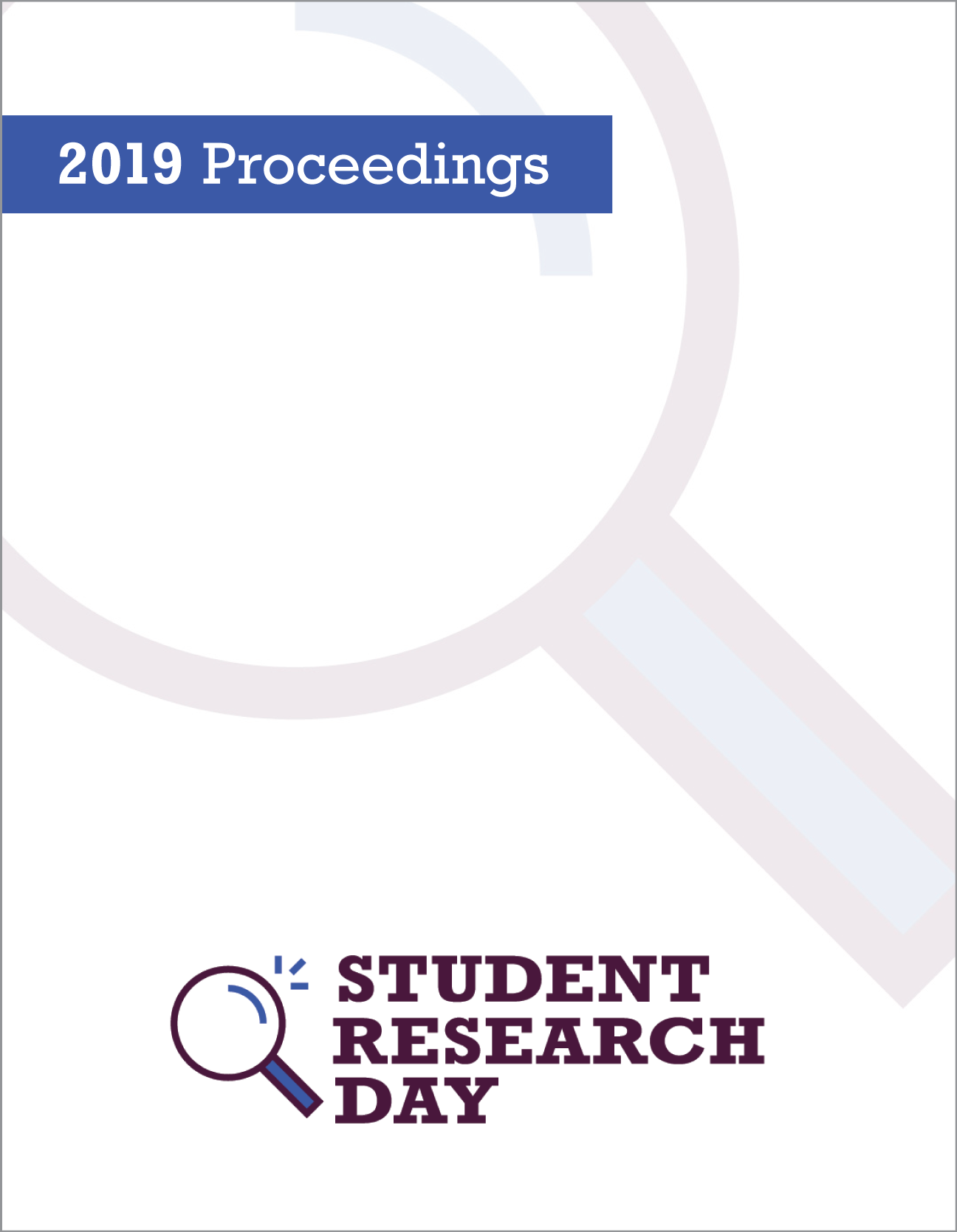Using Video Modeling to Teach Facial Expression Recognition in Individuals Diagnosed with Autism Spectrum Disorder in a Variety of Contexts
Abstract
Autism Spectrum Disorder (ASD) is a developmental disability that appears within the first three years of life. ASD involves impairments in social communication and interaction which includes limitations in verbal and non verbal communication such as understanding and using body language, gestures, and facial expressions (American Psychiatric Association, 2013). Facial expressions are vital in communicating social and emotional cues and understanding facial expressions is important to understanding simple social situations and acting appropriately (Akmanpglu, 2015). In this study, we will attempt to increase individuals with ASD’s ability to recognize 3 basic human emotions, happy, sad, and mad, and their corresponding facial expression in different social contexts. This will be done using a teaching method known as video modeling. This study will be a multiple baseline across targets design with 5 participants. It will take place over 9 weeks with 30 minute sessions each week. We hypothesize that the participants will be able to determine how a person is feeling just by reading their facial expressions instead of the contextual cues of situations more often than before the video modelling sessions took place. Learning to label these emotions in others could possibly lead to having more appropriate responses and interactions with others displaying these emotions in the future.
Faculty Mentors: Russ Powell and Miranda Macauley
Department: Psychology (Honours)
Published
Issue
Section
License
Authors retain any and all existing copyright to works contributed to these proceedings.



